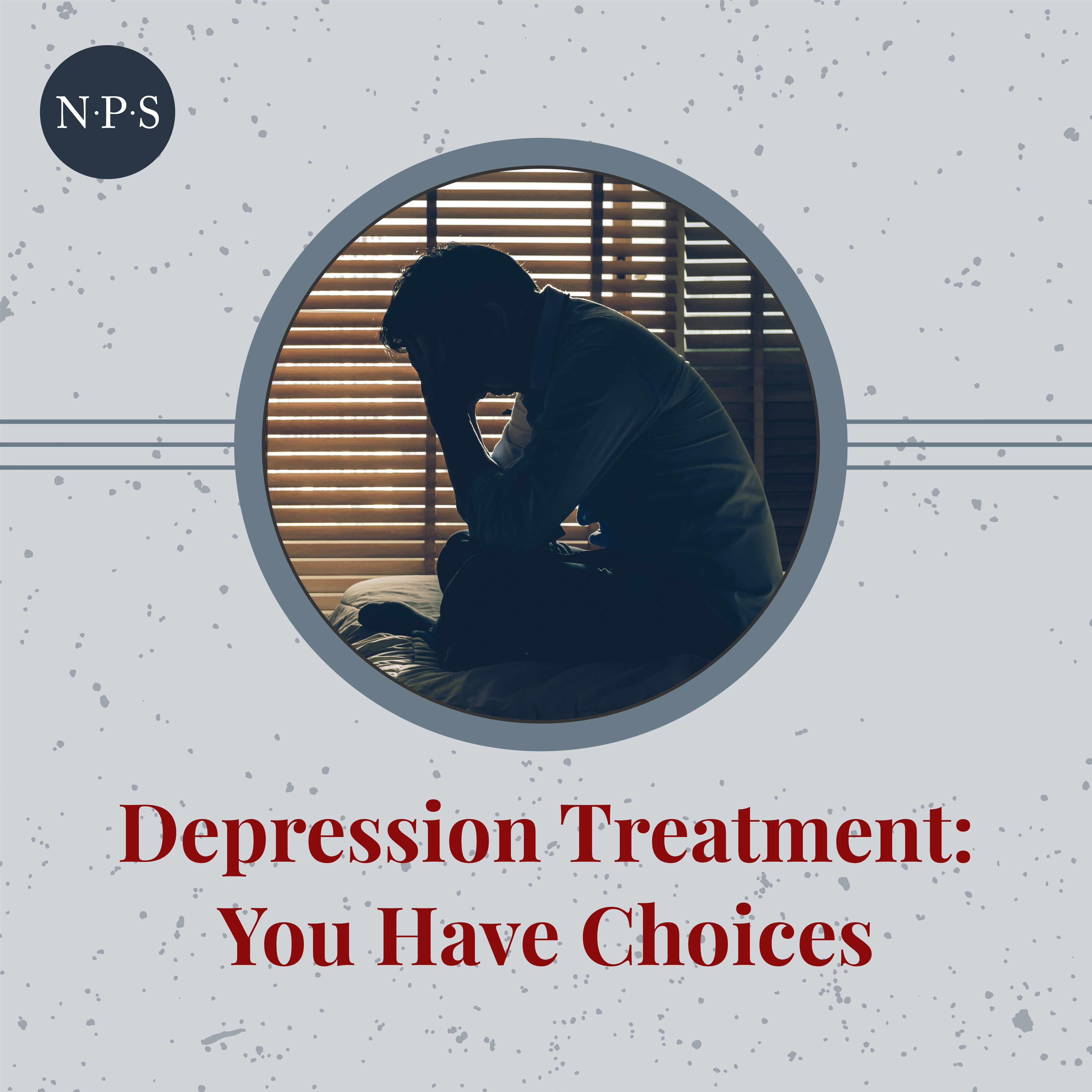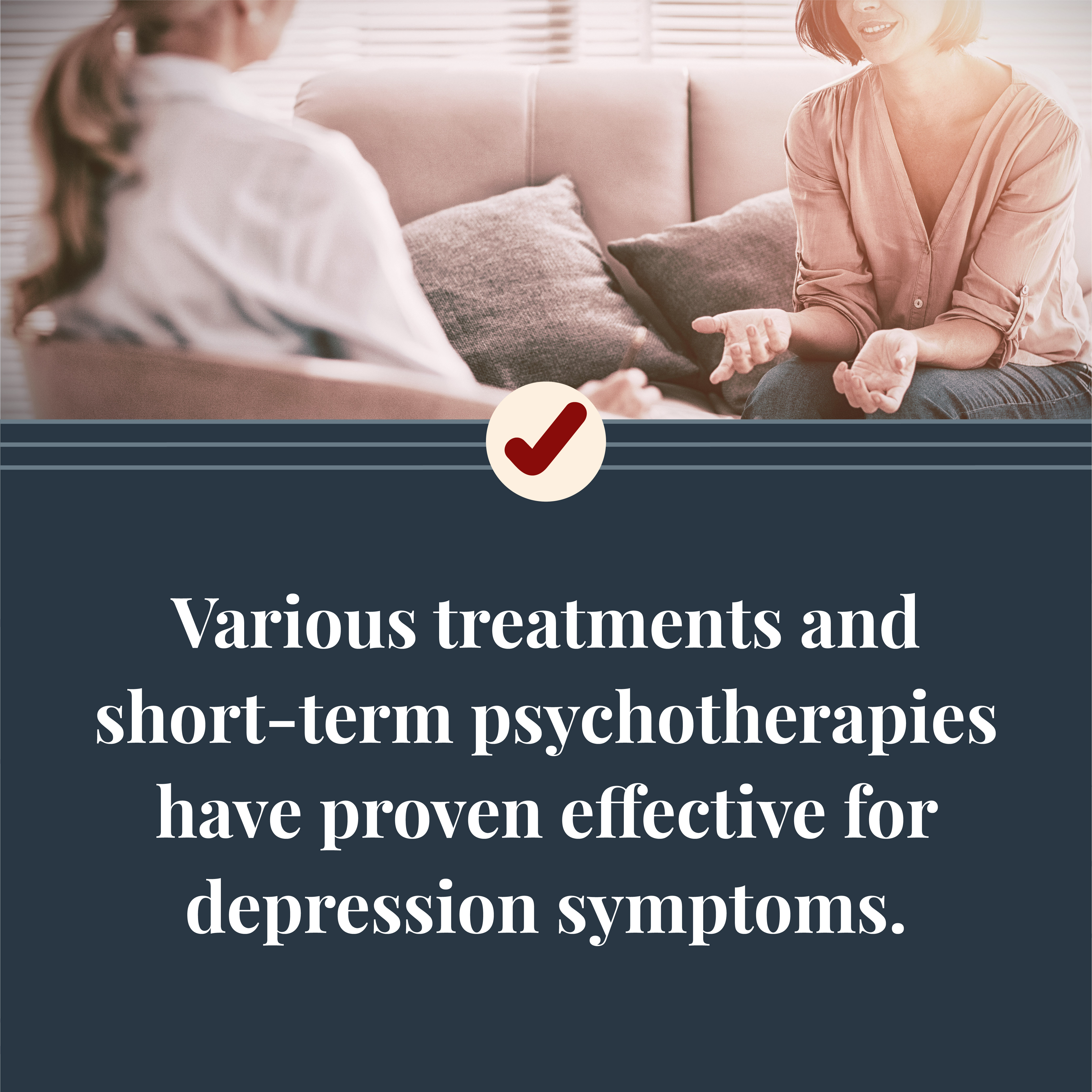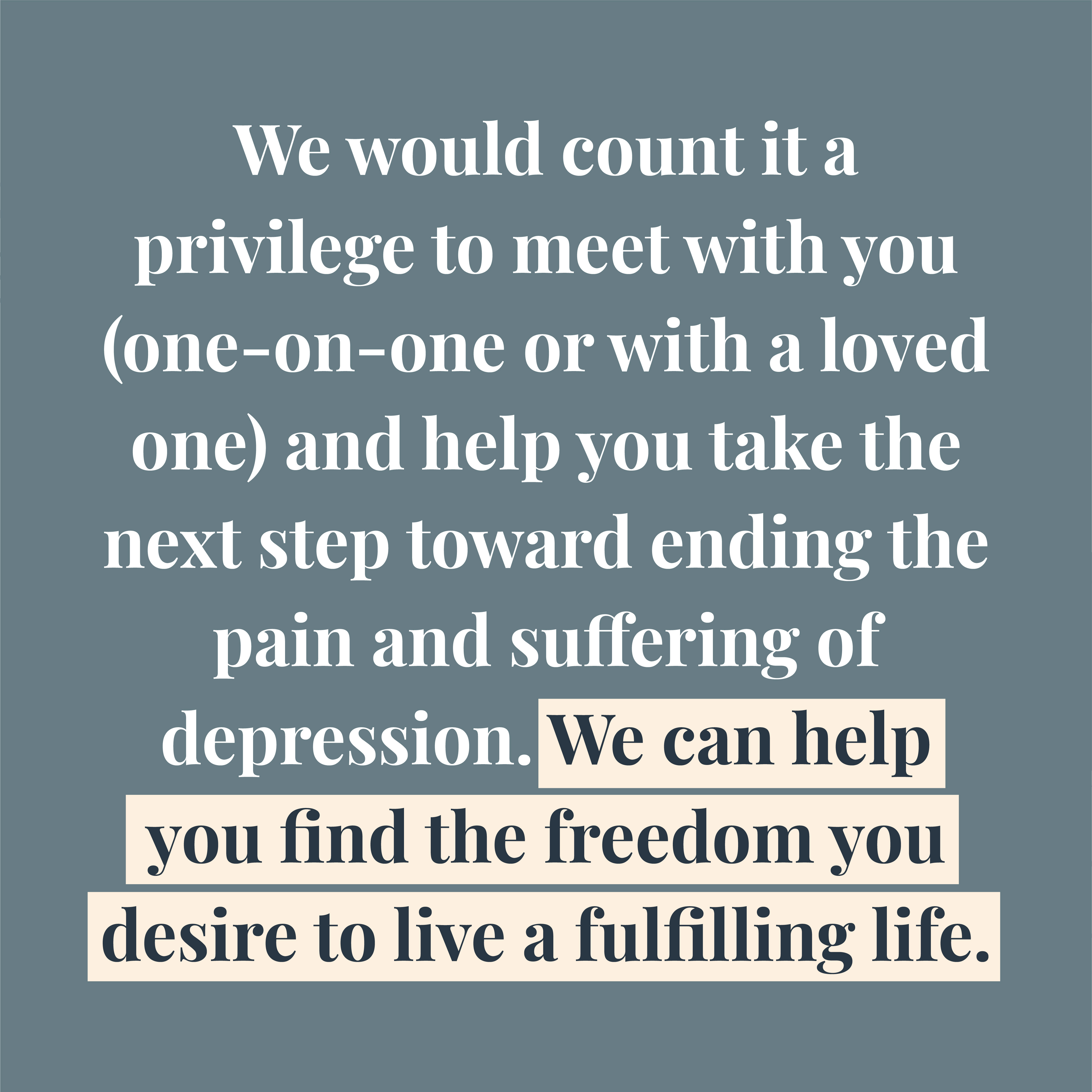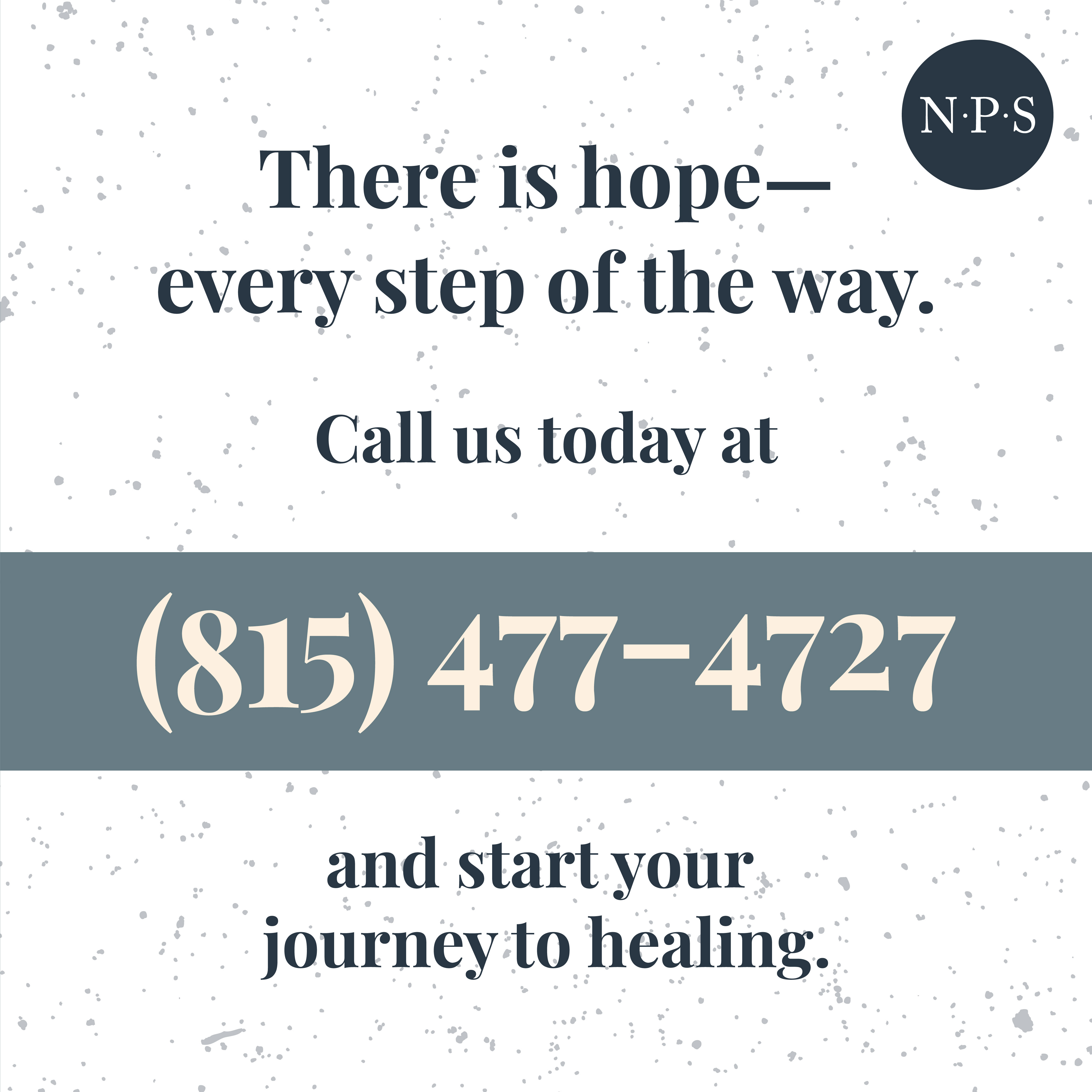What Is Seasonal Affective Disorder and How Is It Treated?
No, you’re not imagining it. It’s possible your mood is affected by the chill in the air and the gloomy view through the living room window. The phenomenon is called Seasonal Affective Disorder (SAD) and it’s more likely to affect a person during the fall and winter months than in other seasons.
So if you feel moodier, sleepier, or more irritable during the cold season, you may have this common disorder. Thankfully, our counselors offer accurate diagnoses and effective treatments for both depression and SAD.

What Are the Common Symptoms of Seasonal Affective Disorder?
Seasonal affective disorder is sometimes confused with depression because the symptoms are the same. In fact, SAD is simply a subset of this more common disorder. So a person experiencing SAD is, by nature, also experiencing depression.
These are the common symptoms of both disorders:
- Feelings of restlessness
- Persistent low mood
- Feelings of stress and/or anxiety
- Decreased sociability
- Lowered sex drive
- Reduced self-esteem
- Irritability
- Feelings of guilt or worthlessness
- Increased pessimism or despair
- Loss of pleasure
- Decreased desire and/or ability to perform everyday tasks
On top of these concerning symptoms, you may also experience weight gain and lethargy. You may also find it difficult to concentrate.
Both depression and SAD can seem to come out of nowhere and make a big impact on your quality of life. If you believe you are experiencing one or both of these conditions, it’s time to speak to a counselor.
At NPS, we can help lift the fog that is burdening you. We specialize in treating clients with depression and seasonal affective disorder so they can regain their hopeful and fulfilling lives.
How Is SAD Different from Depression?
As a subset of depression, the definition of seasonal affective disorder can sometimes feel a bit murky. While SAD is not a stand-alone mood disorder, it is distinct from other forms of depression because it follows a seasonal pattern.
In other words, a person with seasonal affective disorder will see their symptoms heighten and lessen as the seasons change. Here are a few other stand-out features of SAD:
- Women between the ages of 18 and 30 are at a higher risk for SAD.
- It is most common amongst people living at latitudes far south or north of the equator.
- It is sometimes associated with other mood disorders, like bipolar disorder or major depression.
- People living in cloudy regions are also at a higher risk for the disorder.
SAD also differs from other types of depression in its treatment options. Although the cause of seasonal affective disorder is not clear, there are many theories.
Some research indicates that a brain chemical imbalance or a change in a person’s biological clock could be the culprit. Other experts speculate that a deficiency of vitamin D is what affects a person’s mood. Each of these theories leads to a range of possible treatments that differ from the classic treatments for depression.
How Is SAD Diagnosed and Treated?
You can learn all about how depression is diagnosed and treated at NPS here. To be further diagnosed with seasonal affective disorder, you would also have to experience:
- A significant change in your depressive episodes according to the season
- Two or more years of a seasonal pattern of depression
That said, you don’t have to wait two years to seek treatment. If you suspect that you are experiencing SAD, it’s never too early to look for a solution. Here are the common treatments for this disorder:
Light Therapy
Light therapy is among the most popular and effective therapy options for SAD sufferers. It requires a person to sit next to a light therapy device for an hour after waking each day. The bright light from the device mimics natural light and will often reduce or eliminate the symptoms of SAD after a few days or weeks.
Psychotherapy (Or Talk Therapy)
In addition to light therapy, talk therapy can also reduce the symptoms of depression. Through counseling and/or cognitive behavioral therapy, NPS can help you develop healthy coping methods, change negative thoughts, manage stress, and build healthy habits.
Medication
Our counseling center prefers the use of natural treatments. However, we recognize that some severe cases of SAD may require the use of medication and antidepressants.
At-home Care
Sometimes, simple changes to a person’s self-care routine can also have an effect on seasonal affective disorder. We recommend exercising, spending more time outdoors, and developing healthy sleep habits as a first line of defense.
If you suffer from any mood disorder, it’s important to make an extra effort to take care of yourself. Stick to your assigned treatment plan and attend your counseling sessions as scheduled. Make an effort to be social, manage your stress, and take regular vacations. All of these steps can help you manage your symptoms.
When Should I Turn to Counseling for Seasonal Affective Disorder?
Although your seasonal affective disorder may get better with time, it’s never a good idea to try and wait out your symptoms. It could be several weeks or months before a change in season provides respite from the mood disorder. The sooner you get help, the sooner you can go back to living a more enjoyable life.
Talk therapy, or counseling, is a proven method of treating depression and seasonal affective disorder. It’s especially helpful when you:
- Spend more than an hour a day trying to cope with your mood disorder.
- Feel embarrassed and/or try to avoid interacting with other people.
- Begin to see a negative impact on your home, school, or work life.
If your mood disorder is affecting your quality of life, counseling can make a difference. Trust NPS to help you get started on the path to a happier and healthier existence.
Schedule a 15-minute Meet and Greet
Will this be your first time meeting with an NPS counselor? You should know that we offer no-cost 15-minute meet and greets for all new clients. We know that your connection with a counselor makes all the difference and we want to ensure you feel good about the match before your first session. Call us at (815) 477 - 4727 or visit our contact page to get started.
Are you ready to take the next step?
CONTACT US AND SCHEDULE YOUR FIRST APPOINTMENT TODAY.









